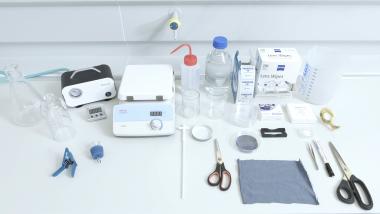Hohenstein releases 2023 sustainability report
The report details sustainability efforts at its Boennigheim headquarters and targets for 2024. Hohenstein has replaced previous environmental guidelines with strategic development in accordance with Environmental, Social and Corporate Governance (ESG) and adopted a sustainability roadmap for the future.
Hohenstein has been implementing environmental and social measures for decades. As the first neutral assessment of these measures in 2019, Hohenstein participated in the ECOfit programme in Baden-Württemberg, Germany. A regular external assessment is to be introduced in 2024.
- Environmental: Overall, energy consumption was actively reduced, and renewable energy use promoted. Hohenstein also collected rail and air travel data to be used in CO2 accounting in 2024.
- Social: Hohenstein actively involved its employees in sustainability activities based on a survey and internal education. In future, Hohenstein will improve the ratio of female managers and implement a training campaign on the company values for employees.
- Governance: Hohenstein management has prioritized good communication through regular colloquia for employees and access to human resources consultation. They intend to intensify the dialogue with employees through further events.
Hohenstein








